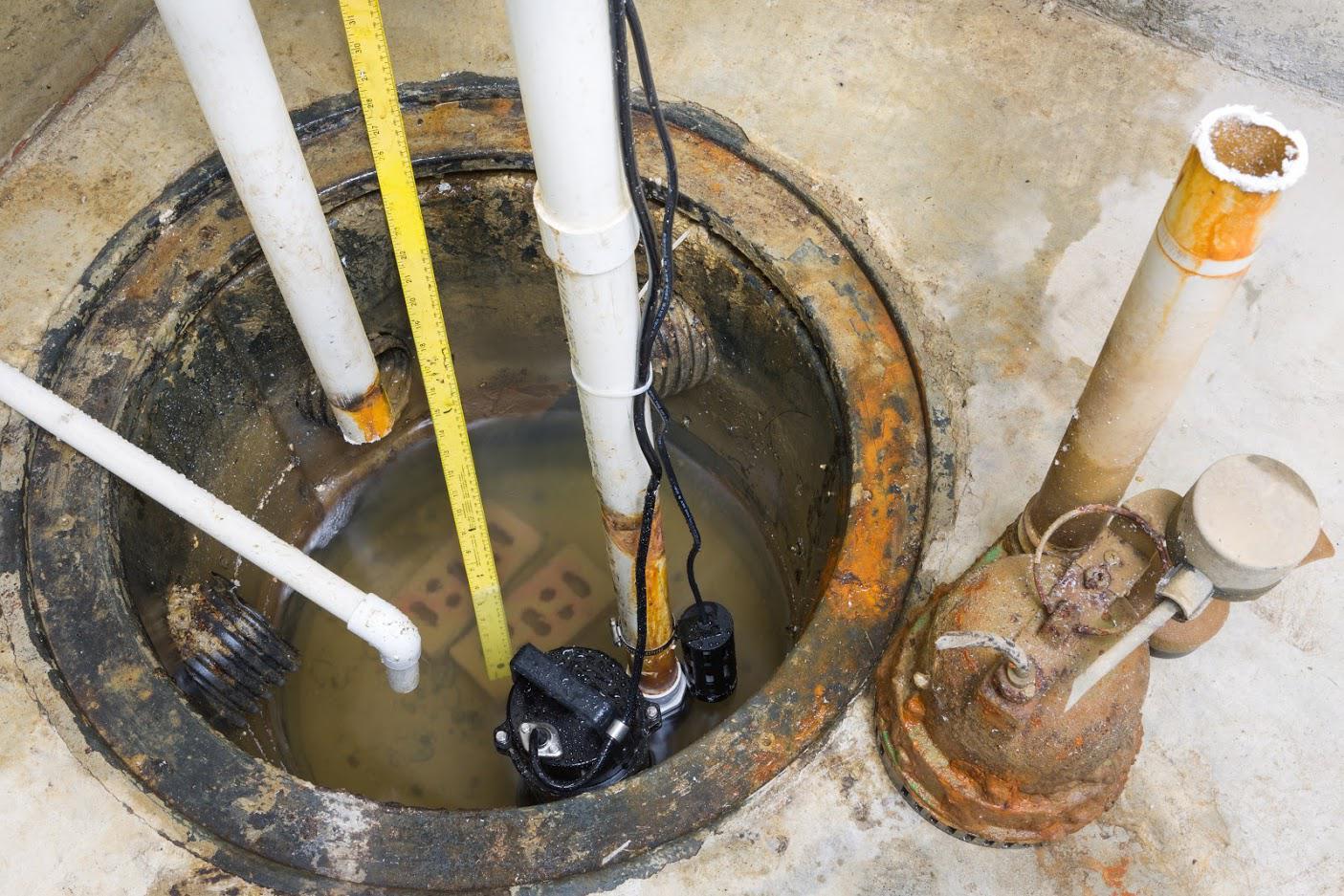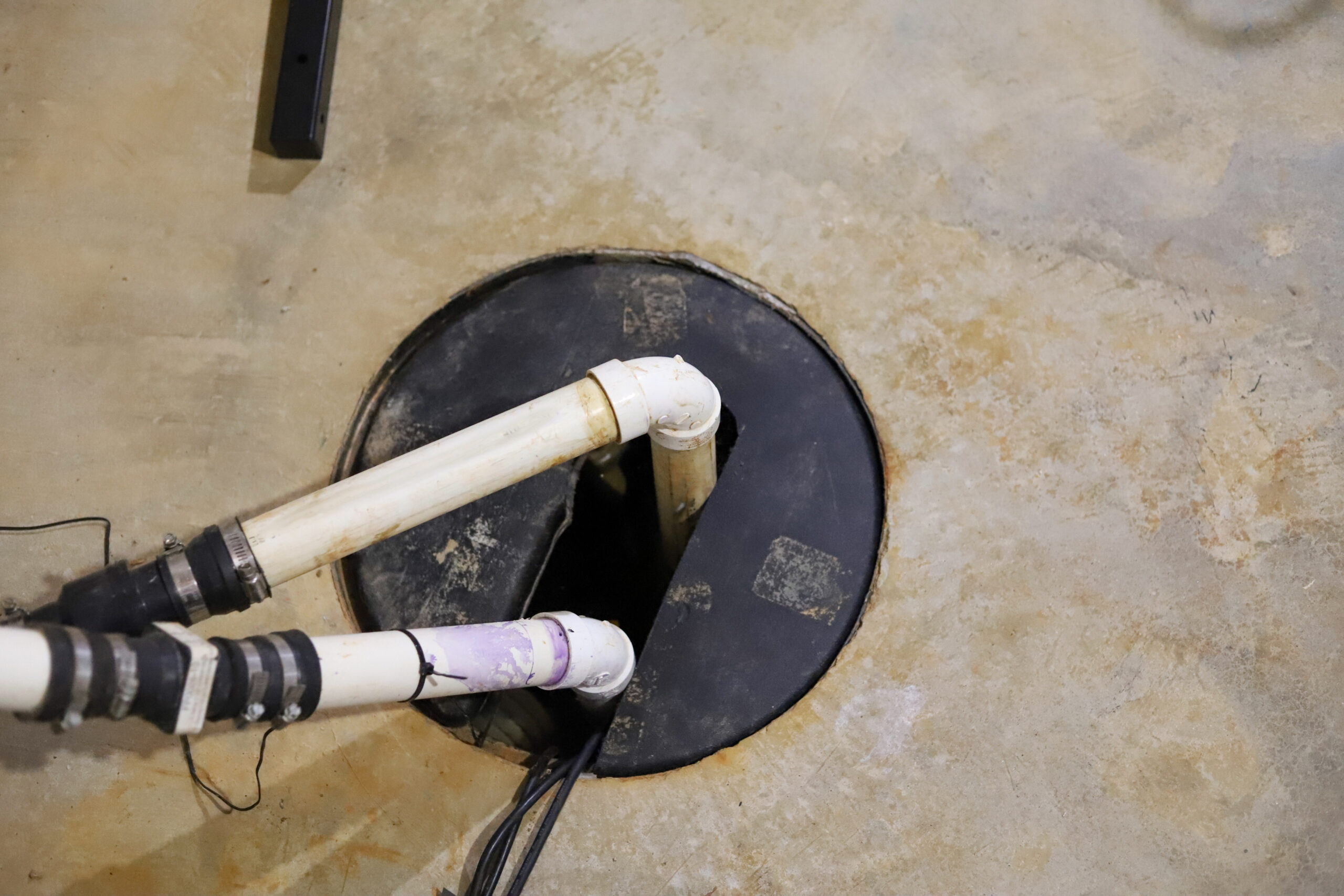Are you currently searching for selective information concerning Steps to Cleaning Your Sump Pump Properly?

Sump pumps are vital parts in numerous homes, specifically in areas prone to flooding or excessive moisture. They aid protect against water damage by efficiently getting rid of excess water from basements or crawl spaces. However, like any other appliance, sump pumps need normal maintenance to ensure they work successfully when needed one of the most. Cleansing your sump pump is a vital part of its maintenance, and recognizing just how to do it correctly can conserve you from costly repair services and possible catastrophes.
Introduction
Maintaining a clean sump pump is crucial for its proper performance and long life. Ignoring this essential job can lead to clogs, breakdowns, and inevitably, water damage to your building. Therefore, discovering exactly how to cleanse a sump pump is critical for homeowners that rely upon these tools to keep their cellars dry and protected.
Comprehending the Sump Pump
Prior to diving into the cleansing process, it's necessary to have a fundamental understanding of how a sump pump functions. Typically installed in a pit or basin listed below the basement flooring, a sump pump includes numerous essential elements, including a pump, a float button, and a discharge pipe. When water collects in the pit, the float button triggers the pump, which after that pumps the water out with the discharge pipe, away from the building's foundation.
Signs of a Dirty Sump Pump
Knowing when your sump pump requires cleaning is important for preventing possible breakdowns. Some usual indications that suggest a filthy sump pump consist of weird noises during operation, lowered water circulation, and visible particles in the pit. If you see any of these signs, it's important to cleanse your sump pump immediately to stay clear of any further problems.
Planning for Cleaning
Prior to you begin cleaning your sump pump, it's essential to take some safety precautions. Begin by turning off the power to the pump to stay clear of any type of electrical mishaps. In addition, put on ideal protective equipment, such as handwear covers and safety glasses, to safeguard yourself from dust, particles, and potential microorganisms.
Detailed Guide to Cleansing a Sump Pump
Shutting down the Power
Begin by separating the power supply to the sump pump to prevent any accidents while cleaning.
Removing Particles and Dust
Use a bucket or an inside story to remove any type of visible debris, dust, or sediment from the sump pit. Dispose of the debris correctly to stop it from obstructing the pump or the discharge pipeline.
Cleaning the Pump and Float Switch
When the pit is free from particles, meticulously get rid of the pump from the pit. Evaluate the pump and the float button for any signs of damages or wear. Make use of a soft brush or fabric to cleanse the surface areas and eliminate any kind of collected gunk.
Flushing the System
After cleaning the pump and float button, flush the sump pit with clean water to eliminate any staying dust or sediment. This will assist make sure that the pump runs smoothly and efficiently.
Looking For Appropriate Functioning
Prior to re-installing the pump, do a quick test to make sure that the float switch turns on the pump properly. Pour some water into the sump pit and observe the pump's procedure. If every little thing is operating properly, you can reconstruct the pump and reconnect the power supply.
Upkeep Tips to Maintain Your Sump Pump Clean
Along with periodic cleaning, there are numerous upkeep tips you can follow to keep your sump pump in optimal problem:
Final thought
Cleaning your sump pump is a vital facet of its upkeep and makes certain that it runs effectively when you require it one of the most. By following the steps detailed in this guide and including routine maintenance right into your regimen, you can expand the life expectancy of your sump pump and secure your home from water damages.
How To Inspect And Clean A Sump Pump
There are a few things you may want to look for when inspecting your sump pump. These include:
Leaks: If you notice any leaks around the sump pump, it likely needs to be repaired or replaced. Mud or Water: If there is any mud or water around the sump pump, it’s likely that it’s not working properly and needs to be cleaned. Noises: If you hear any strange noises coming from the sump pump, it may be indicative of a problem. Next, you’ll need to clean the sump pump. If you notice any of these issues, it’s best to clean the sump pump as soon as possible. To do this, you’ll need to remove the pump from its housing. Be sure to have a bucket handy to catch any water that may spill out. Once the pump is removed, use a brush or a spray nozzle to clean off all of the mud and debris. You may also want to check the impeller for damage or wear and tear. If you find any damage, you’ll need to replace the pump.
Once the pump is clean, reattach it to its housing and replace any parts that were removed. Be sure to test the pump before putting everything back in place. Once everything is back in order, put the cover back on the sump pit and refill it with water.
https://elekplumbing.com/blog/how-to-inspect-and-clean-a-sump-pump/

I'm just very involved in How to Care for Your Sump Pump and I really hope you appreciated my page. Kindly take the opportunity to distribute this blog post if you appreciated it. Thanks a lot for going through it.
This Resource